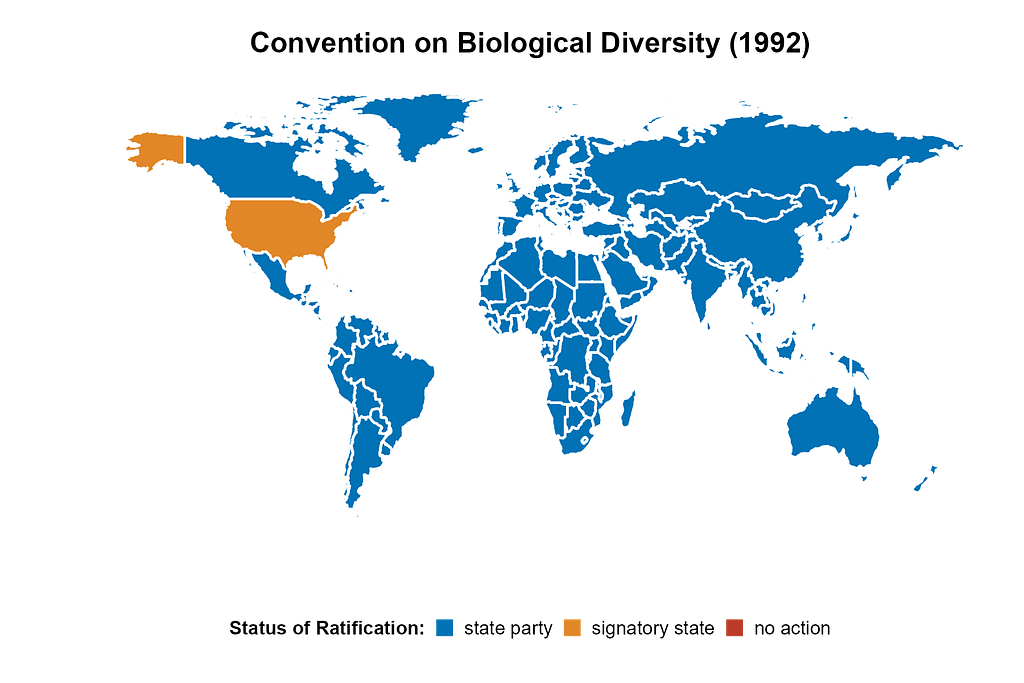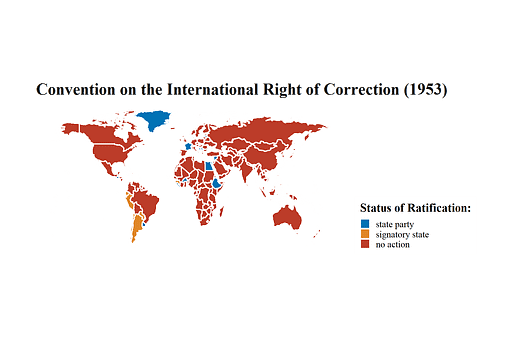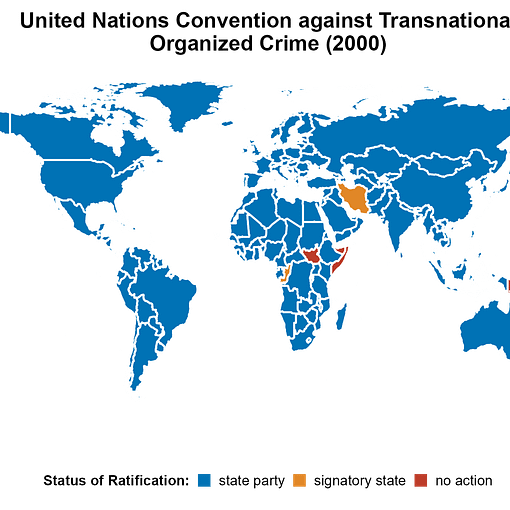Cameryn Brown & Shannon Thoma
The Convention on Biological Diversity (CBD), adopted in Rio de Janeiro on June 5, 1992, and entering into force on December 29, 1993, is a landmark international treaty that addresses three critical issues: the preservation of biodiversity, the responsible use of biological resources, and the equitable sharing of benefits. The CBD plays a pivotal role in fostering global cooperation and guiding nations toward a harmonious coexistence with the natural world, despite some of its weaknesses. In this post, we explore the treaty’s goals and analyze its ratification status.
At the heart of the treaty lies the commitment to the conservation of biodiversity in all its forms. This goal highlights the narrative of protecting and preserving the natural habitats, species, and genetic diversity that comprises our planet’s biological wealth. Conservation, in this context, extends beyond mere environmental preservation; it encapsulates a multifaceted approach that integrates ecological, social, and economic considerations. The CBD challenges nations to recognize the intrinsic value of biodiversity and to implement measures that safeguard it for current and future generations.
The CBD also acknowledges the undeniable influence of human activity on biodiversity. It seeks to strike a balance between our reliance on such resources and the need to ensure their sustained availability; and thus, represents the cornerstone of this pillar. Member states commit to responsible practices in multiple industries, including agriculture, forestry, and fisheries, ensuring that resource exploitation does not undermine the long-term health and longevity of ecosystems and species. This treaty ultimately emphasizes the need for integrated, ecosystem-based management approaches that harmonize human development with ecological resilience.
The CBD recognizes the benefits derived from biodiversity but commits “countries to the conservation and sustainable use of their biodiversity, but also to share the benefits of genetic resources in a ‘fair and equitable’ way,” with particular attention to indigenous and local communities (Ashworth 2022). Genetic resources, in particular, hold immense value, serving as the basis for numerous innovations, from pharmaceuticals to crop varieties. The treaty encourages nations to establish mechanisms that ensure the just distribution of benefits arising from the utilization of genetic resources. This not only promotes social justice but also incentivizes the conservation of biodiversity by empowering those who have traditionally cared for these resources.
For a comprehensive overview of the current ratification status, we generated a choropleth map using the ggplot2 package in R. Data was sourced from the UN Treaty Collection’s website and categorized UN member states into three groups. Those that have neither ratified nor signed the instrument are denoted as having taken “no action.” A “state party” refers to those states that have ratified the treaty or acceded to its rules, while a “signatory state” denotes those states that have signed but not yet ratified the instrument.

As demonstrated in the map, the CBD has been ratified by all the member states of the United Nations save the United States which has signed the treaty. This is not surprising. The United States has been cautious about ratifying international treaties that may infringe on its sovereignty or require extensive legal changes. This practice is particularly evident in environmental agreements, where concerns about regulatory impacts on domestic industries can be significant.
While the CBD is widely supported, some analysts have pointed out how “targets to conserve biodiversity have largely been missed” (Ashworth 2022). Lakshman Guruswamy (1999) has also noted that the CBD, in an effort to increase international cooperation, has “rejected ‘hard’ environmental obligations that are legally binding” and focused on “qualified ‘soft’ commitments”. Although critics rightly point out the treaty’s weaknesses, Ann Weitzman and CHC Lyall (2015) remind critics that achieving consensus in international fora like the CBD is very difficult and that this treaty has been successfully able to foster international cooperation on global environmental issues.
Want to learn more about this legal instrument?
Data on this convention’s ratification status is available on the World Politics Data Lab’s GitHub page. The most recent dataset was uploaded to the repository on October 1, 2023.
For more information on the convention’s history and for its current application, please refer to the following academic writings:
Morgera, E. and Tsioumani, E. (2010). “Yesterday, Today, and Tomorrow: Looking Afresh at the Convention on Biological Diversity,” Yearbook of International Environmental Law, 21(1): 3–40.
Swanson, T. (2013). Global action for biodiversity: an international framework for implementing the convention on biological diversity. Routledge.
About the authors:
Cameryn Brown is a junior, majoring in Political Science with a minor in Environmental Studies and Sustainability at Drew University.
Shannon Thoma is a senior, majoring in English Literature and Political Science at Drew University.
Editor’s note: This post is part of a long-term project. Students enrolled in Drew University’s Semester on the United Nations, Principles in International Law and International Human Rights have been and will be collecting data on the ratification status of treaties deposited in the United Nations Treaty Collection. For more information on this project and its learning goals, click here.


